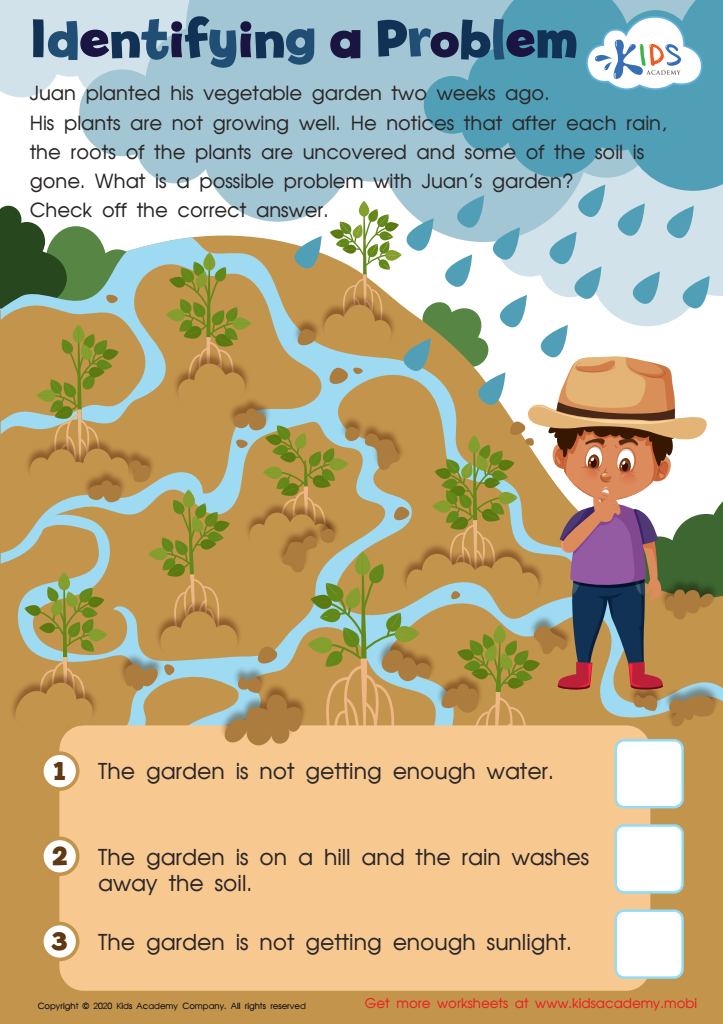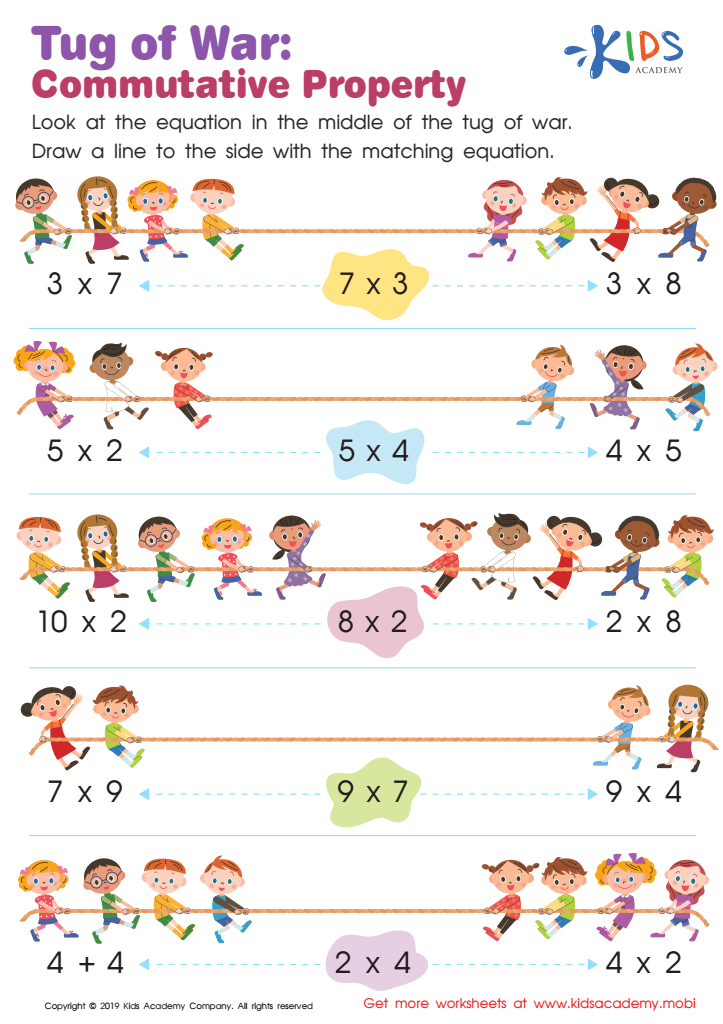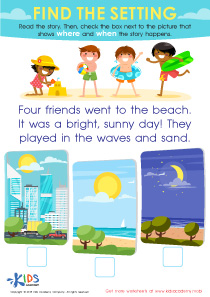Easy Logical Thinking Worksheets Activities With Answers for Ages 6-8
14 filtered results
-
From - To
Discover a collection of engaging Easy Logical Thinking Worksheets designed for children ages 6-8! These activities aim to enhance critical thinking skills through fun puzzles and thought-provoking challenges. Each worksheet features a variety of exercises that encourage creativity and problem-solving, from riddles to visual puzzles. Complete with answer keys for easy reference, parents and teachers can effortlessly track progress and provide support. Perfect for classroom use or at-home learning, these worksheets are crafted to promote logical reasoning in young learners. Encourage your child's cognitive development with our enjoyable and educational logical thinking activities today!


Empty and Light or Heavy and Full? Worksheet


The Force of the 4's Worksheet


Counting Birds Worksheet


Fruity Array Quest Worksheet


Colorful Arrays Bingo Worksheet


Identifying a Problem Worksheet


Tall or Short and Heavy or Light? Worksheet


Tug of War: Commutative Property Worksheet


House Numbers Worksheet


What Time Is it? Hour Hands Worksheet


Countdown from 5 Worksheet


Pond Trouble Worksheet


Beaver Pond: Looking for a Solution Worksheet


Developing Solution Worksheet
Parents and teachers should care about Easy Logical Thinking Activities for ages 6-8 because these activities play a critical role in cognitive development at a formative age. Engaging in logical thinking exercises enhances children's problem-solving skills, critical thinking, and creativity. These activities not only challenge children's minds but also help them develop systematic thinking methods and the ability to analyze situations, which are essential skills for academic success and everyday life.
Moreover, logical thinking activities often involve pattern recognition, deduction, and sequencing, all fundamental components of mathematics and science curricula. By introducing children to logical thinking early on, we set a strong foundation for future learning in these subjects.
Additionally, these activities foster resilience and perseverance; children learn that making mistakes is part of the learning process. Moreover, by including answers, parents and teachers can promote self-assessment, enabling children to understand their thought processes better and learn from their errors.
Ultimately, fostering logical thinking in young children cultivates independent and inquisitive learners, equipping them with skills that extend beyond the classroom and preparing them for the challenges of the future. Therefore, investing time into these activities is essential for holistic development.
 Assign to My Students
Assign to My Students






.jpg)















